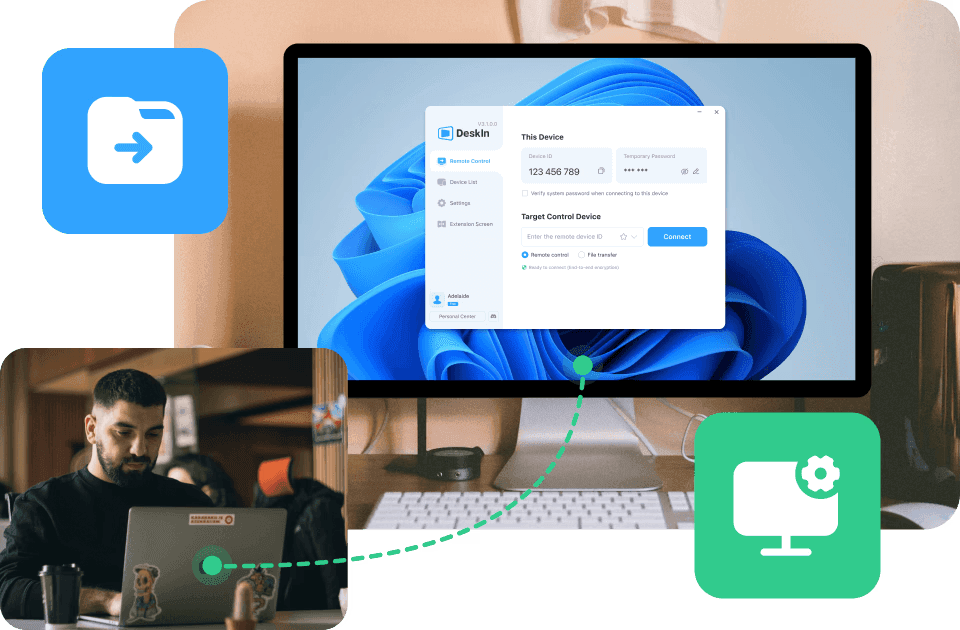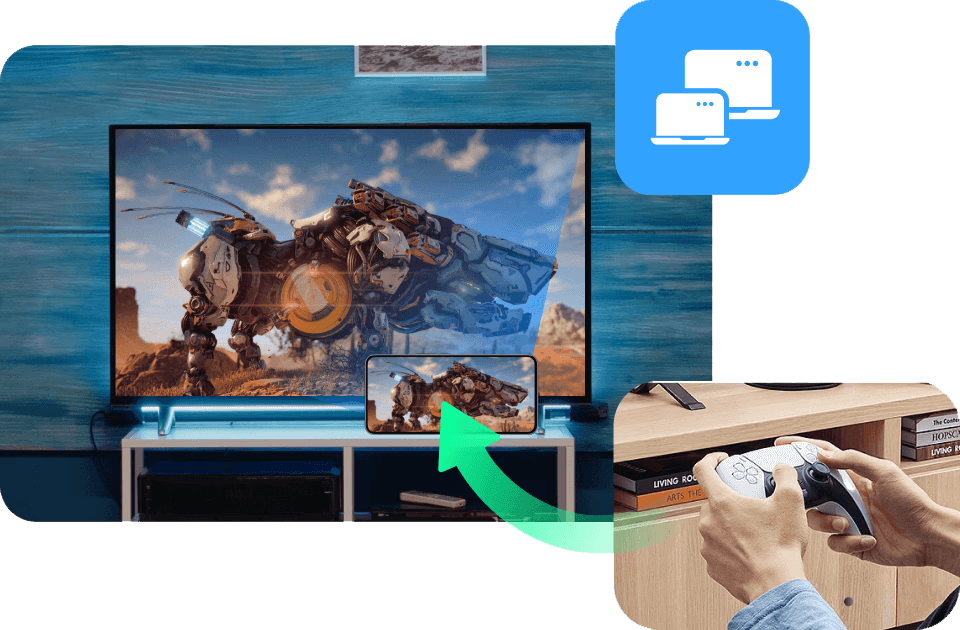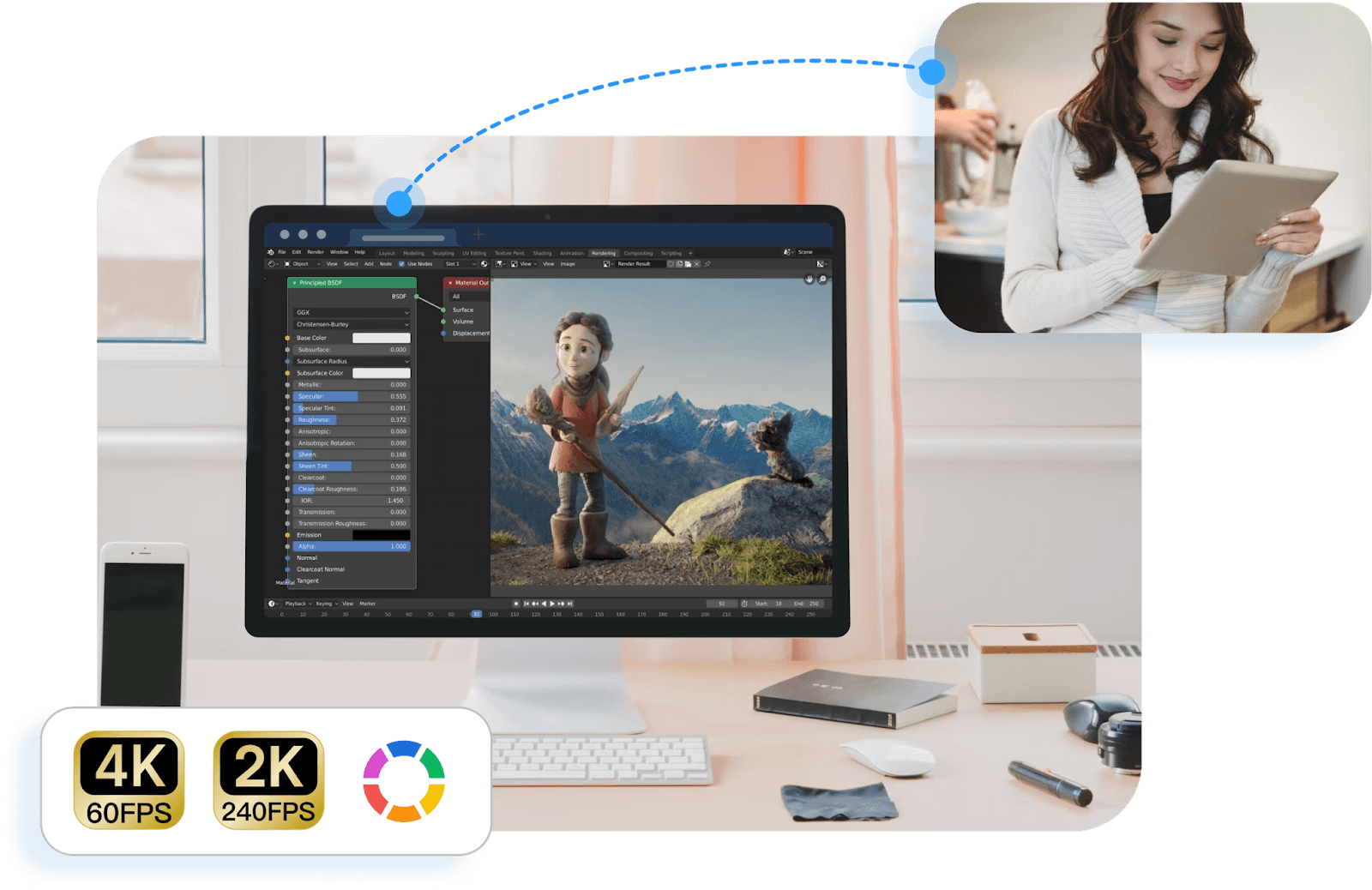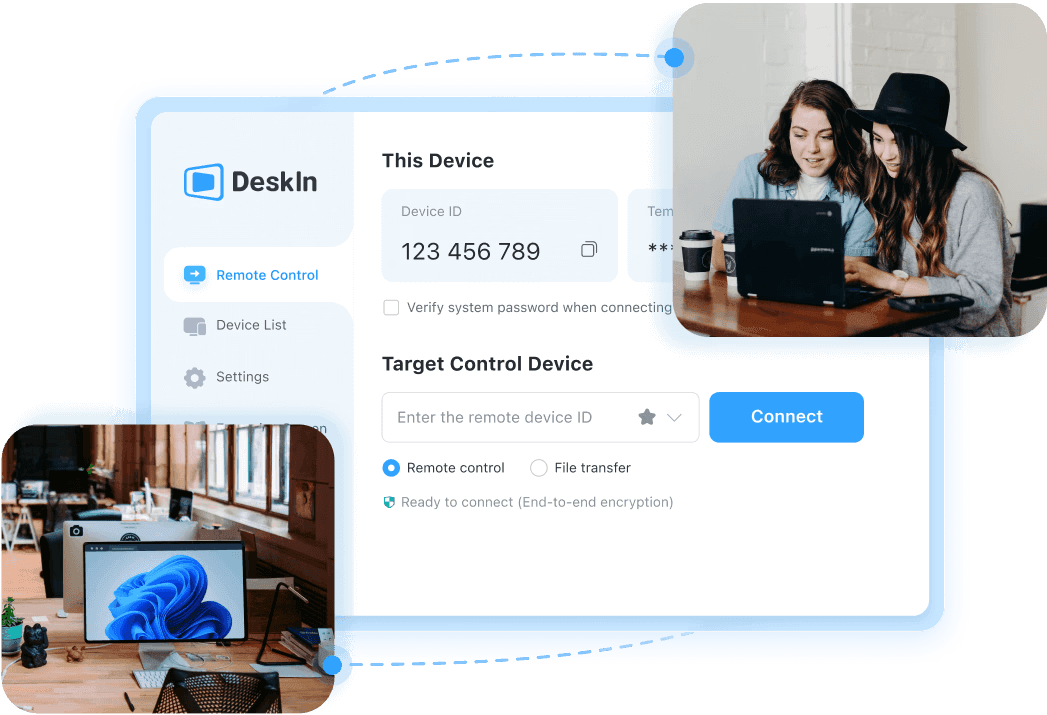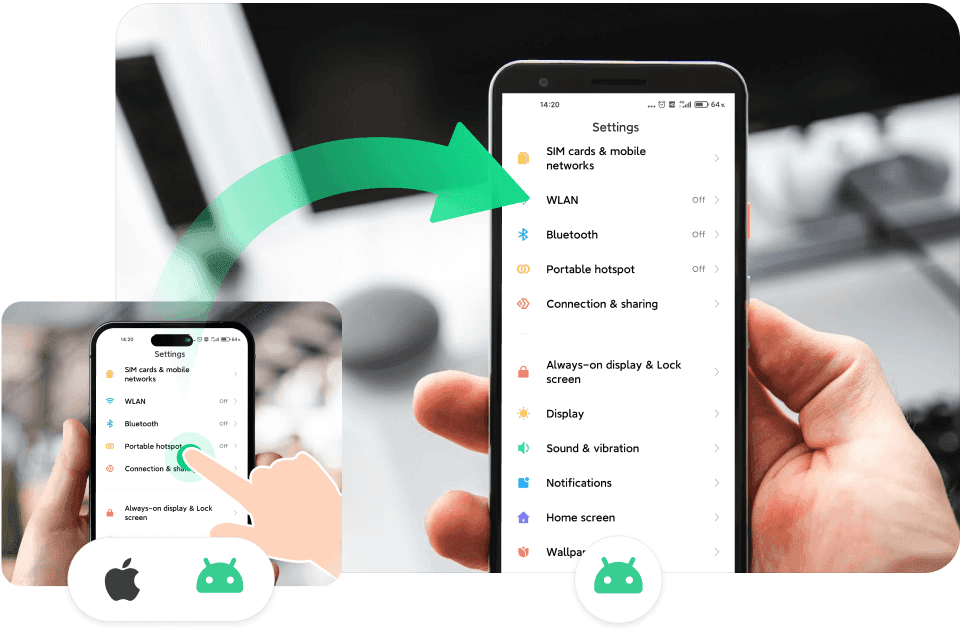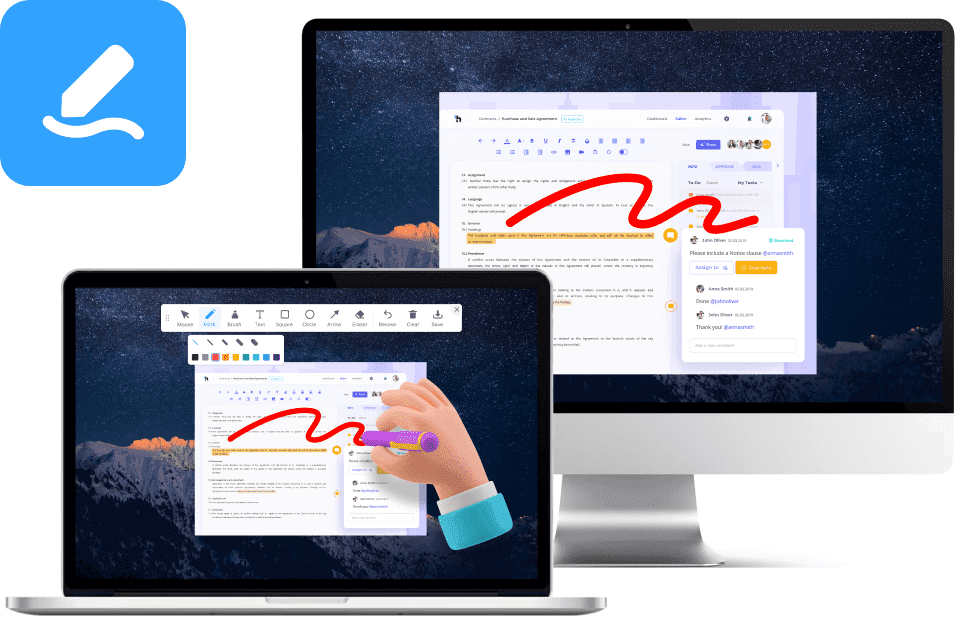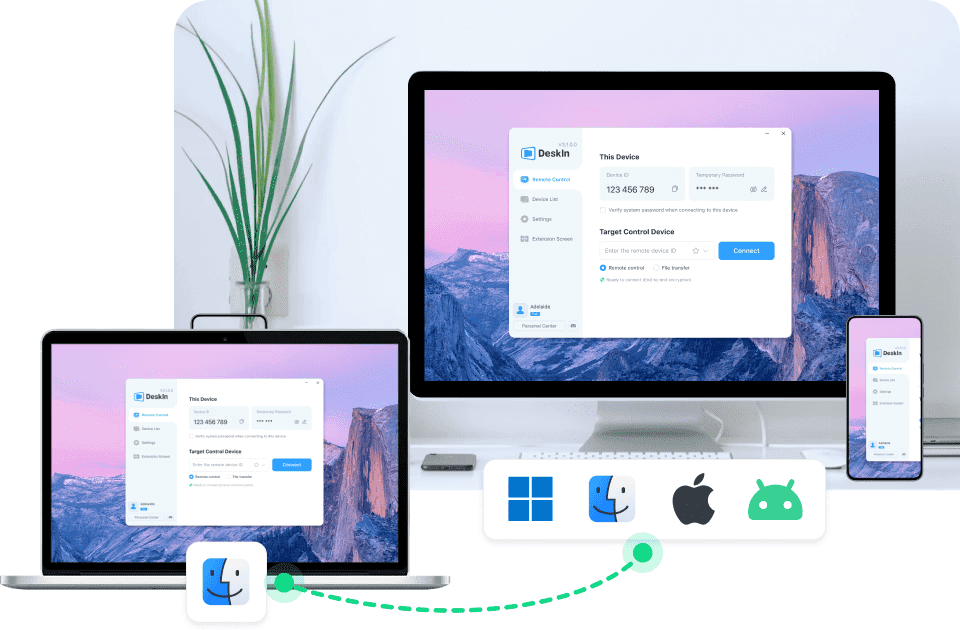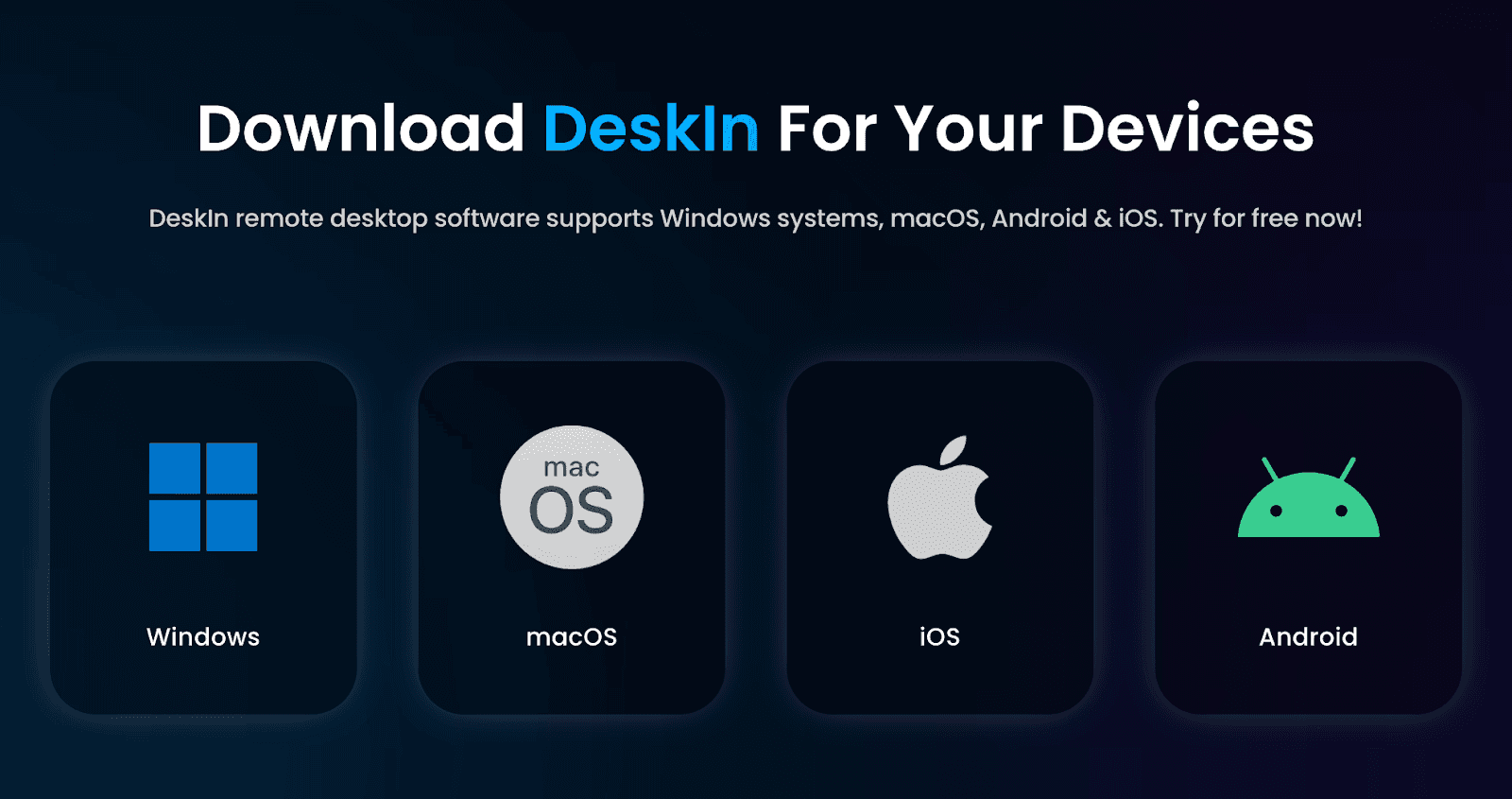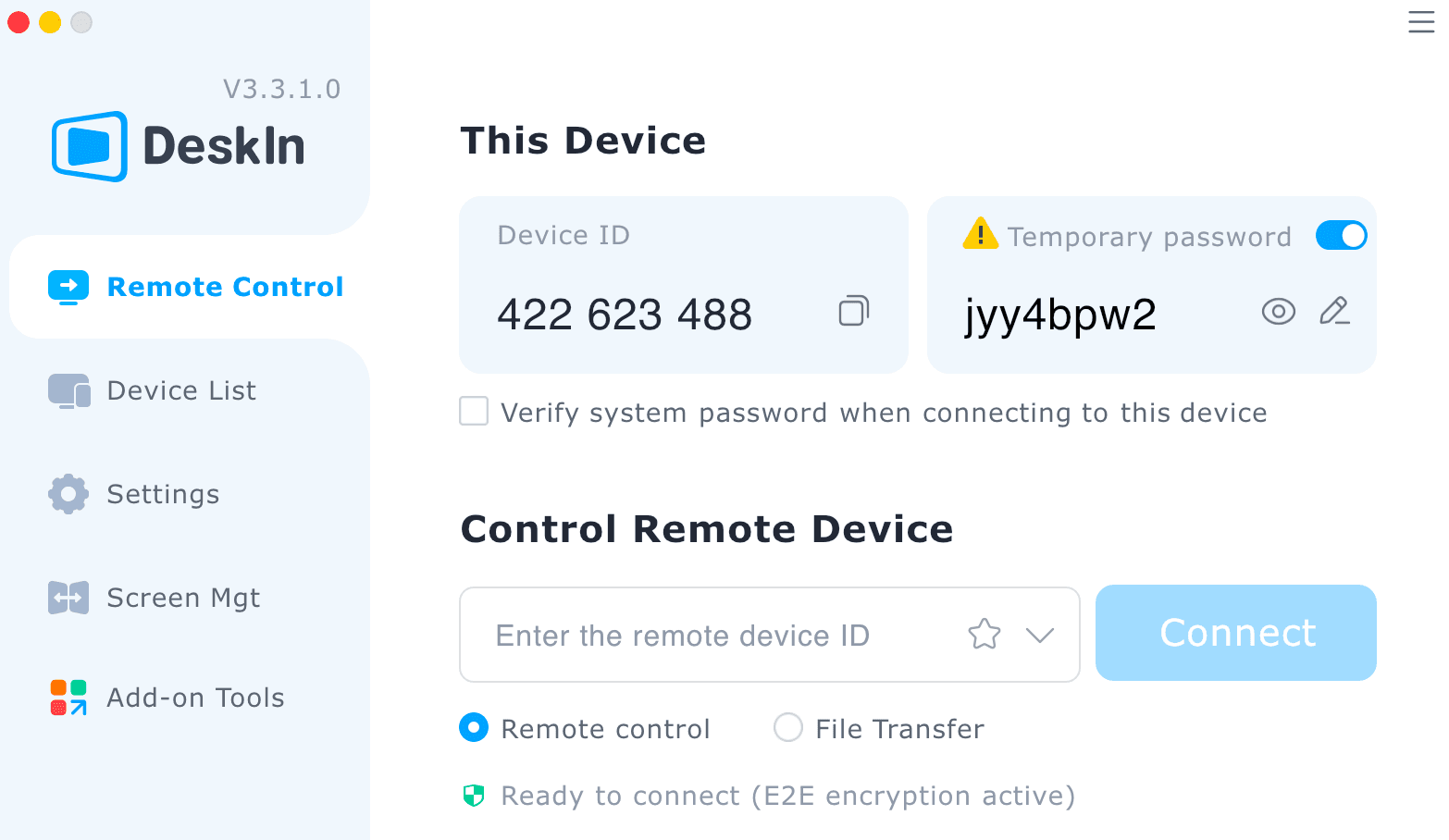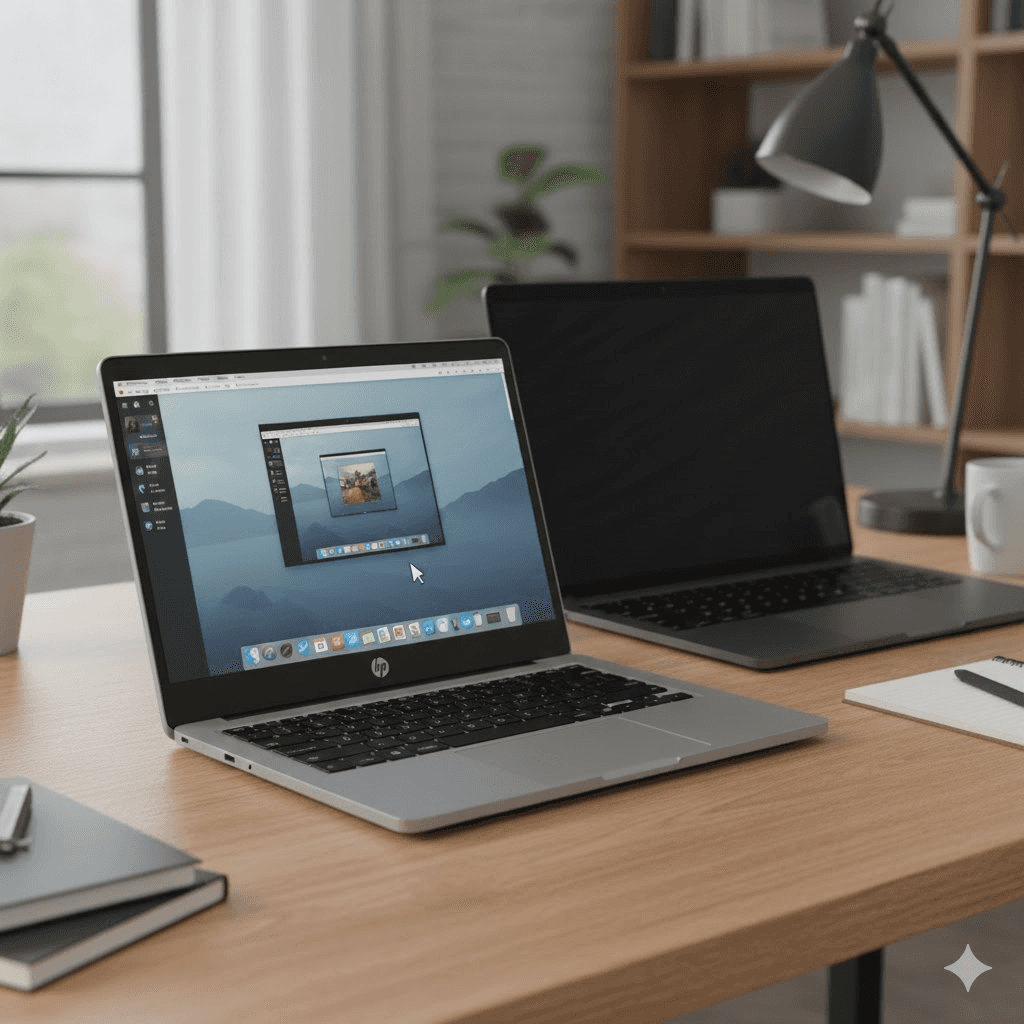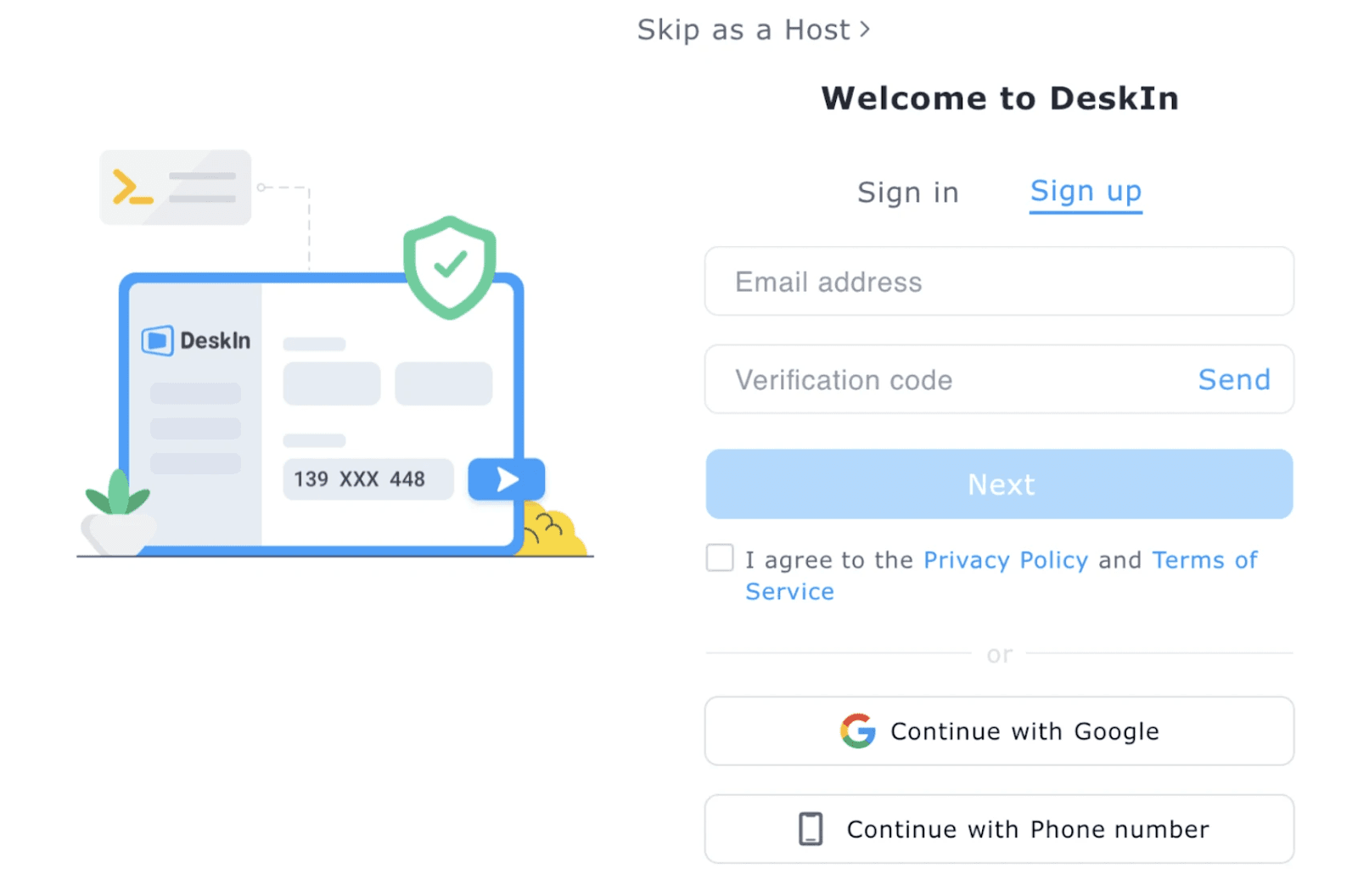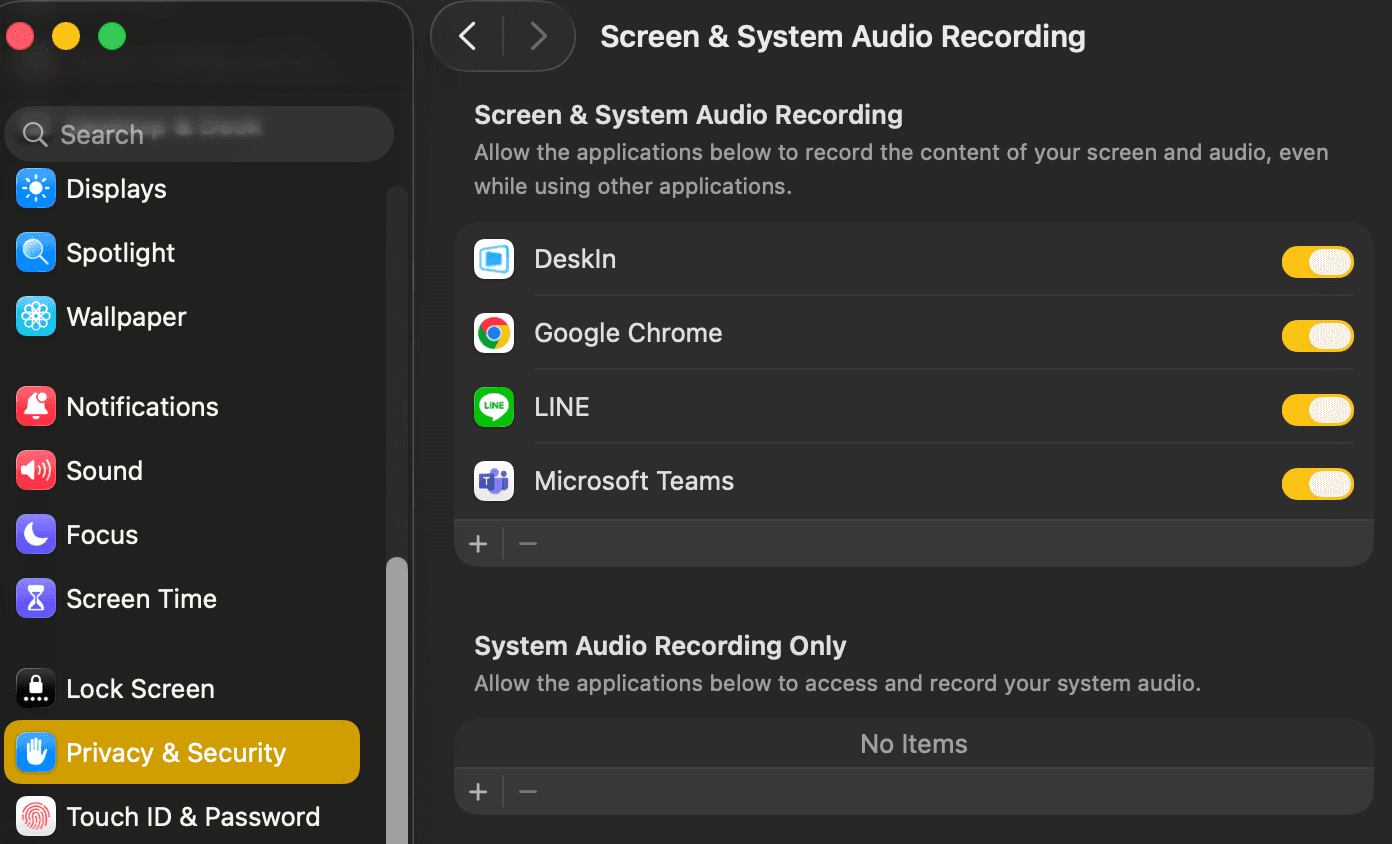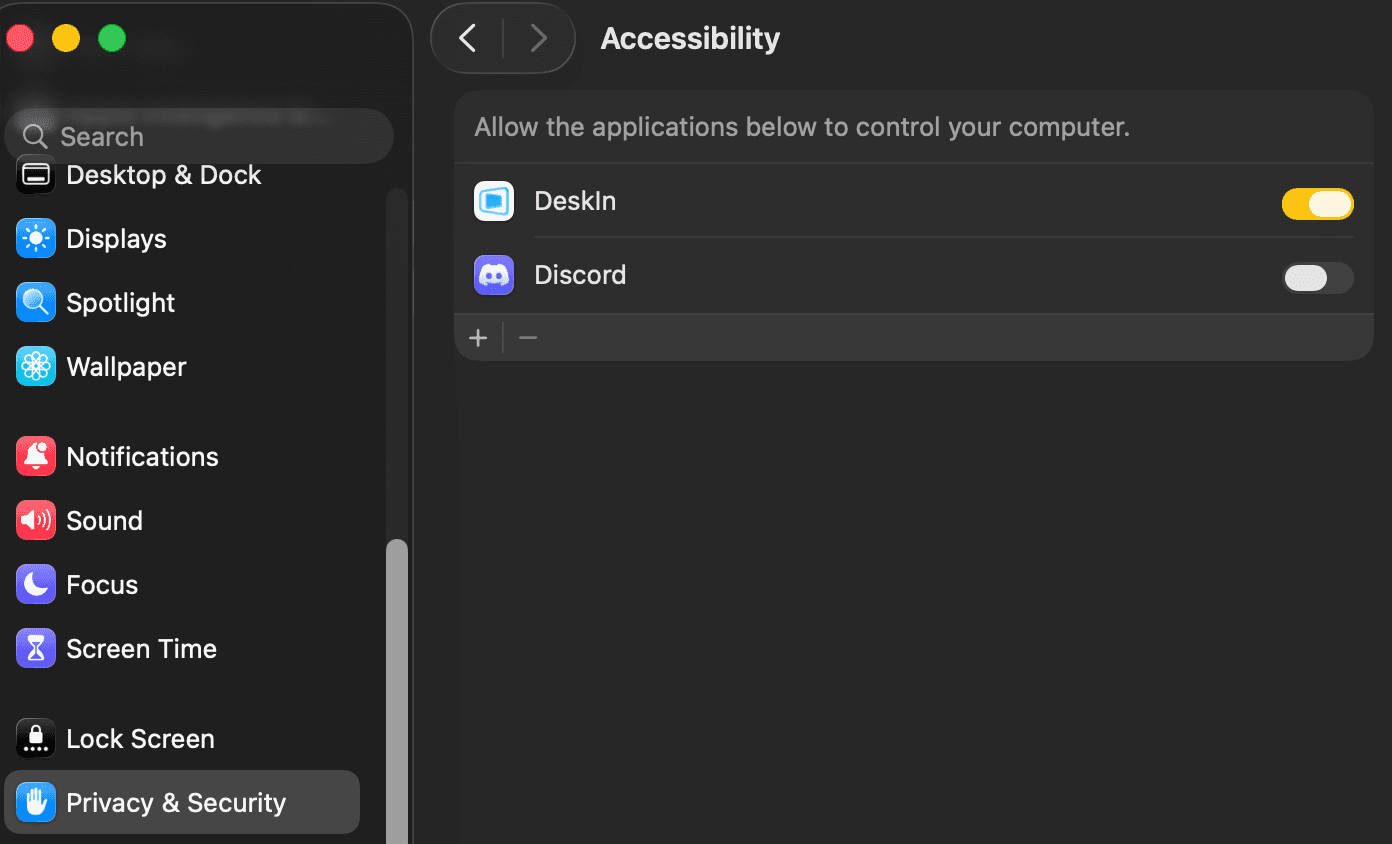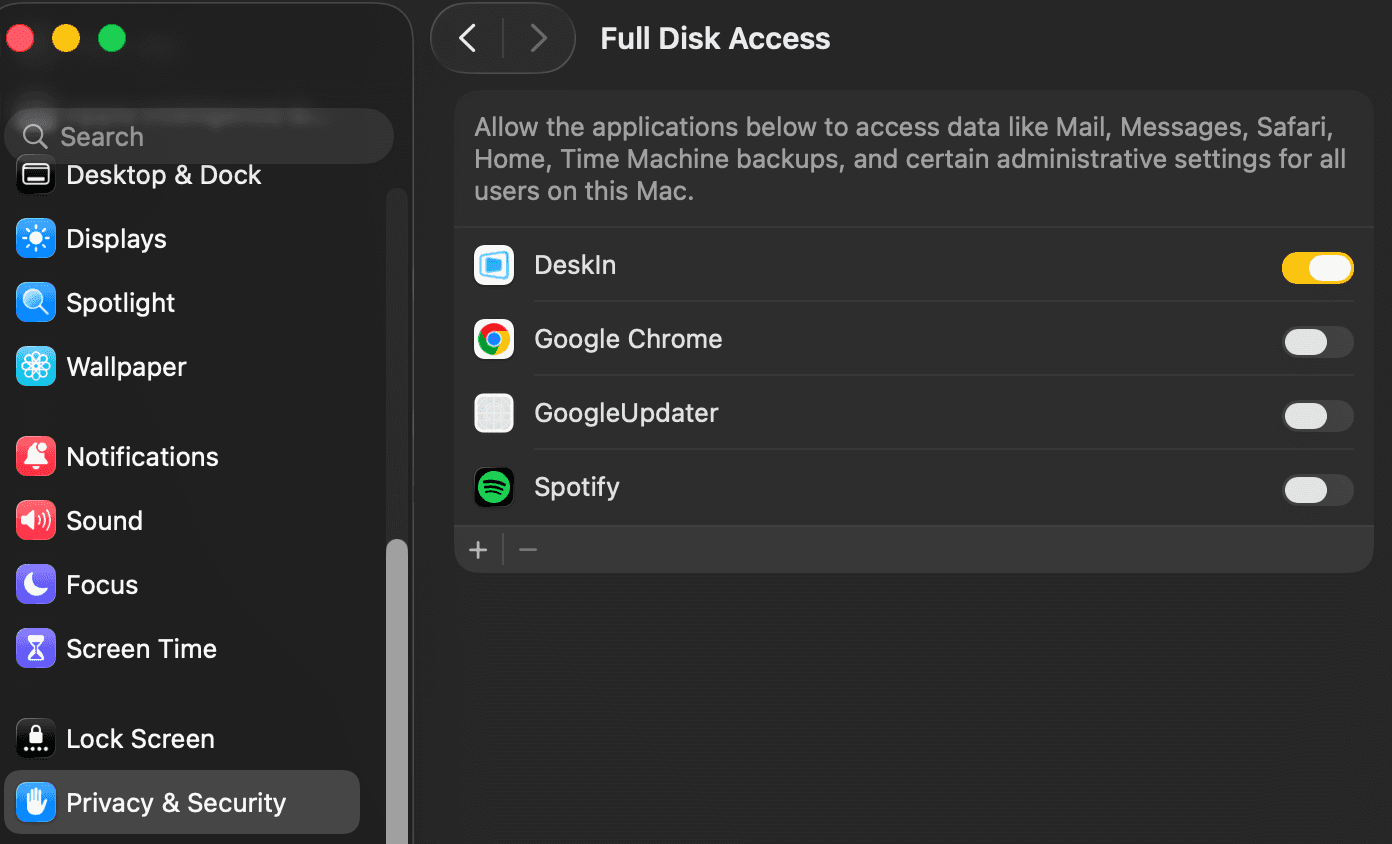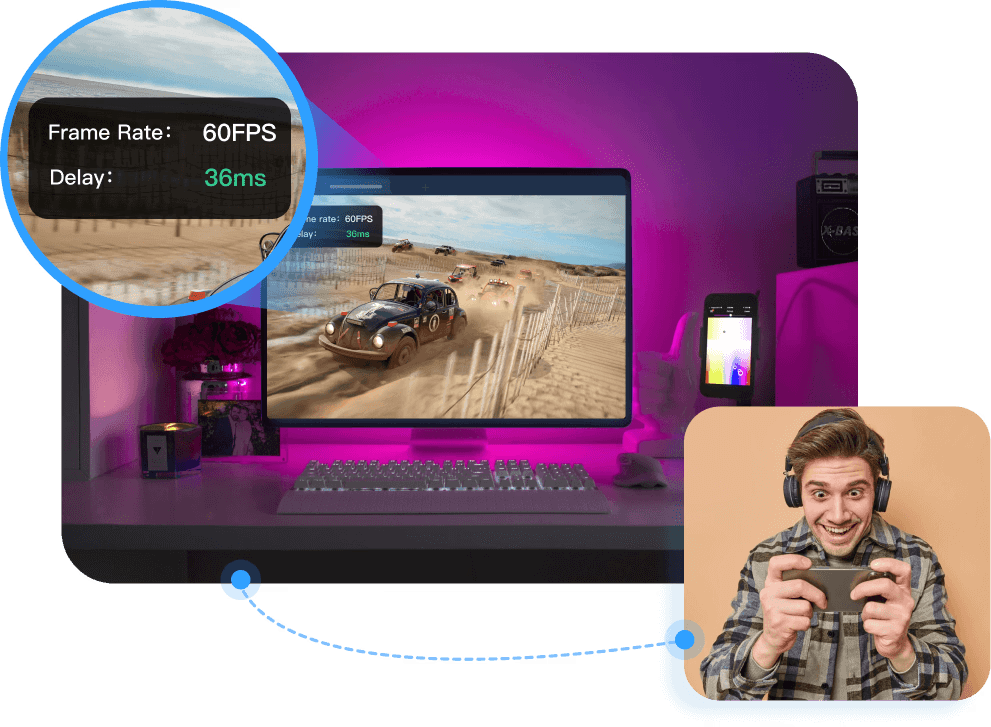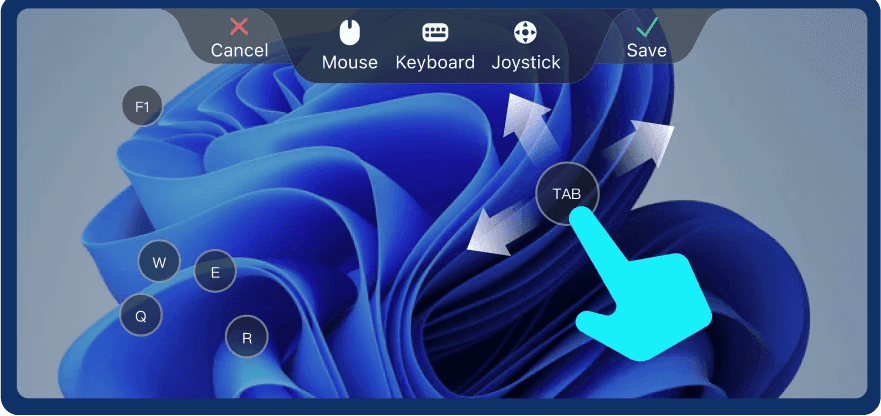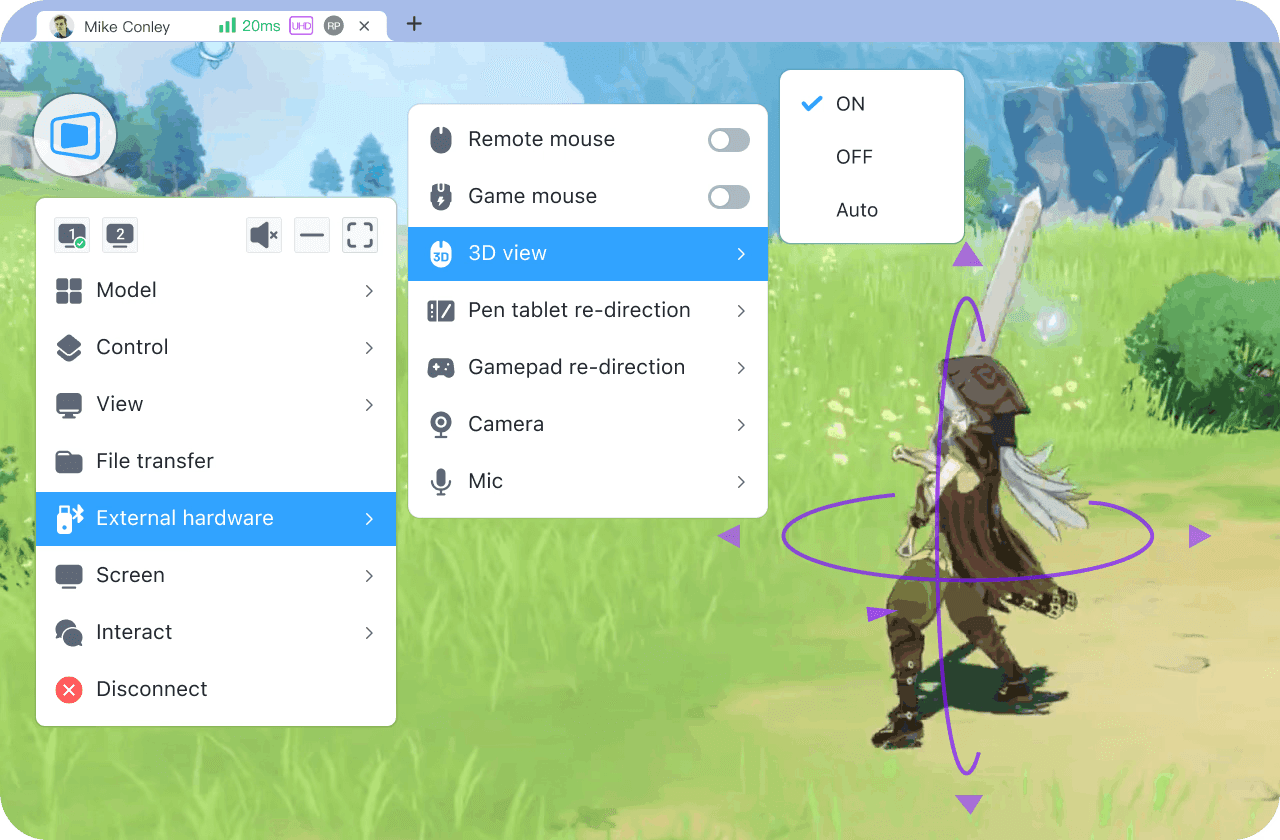More and more kids have their own smartpgones. While bringing more communication convenience, it also exposes them to more dangers. Out of concern for their children's safety and excessive phone usage time, some parents use parental control app software to monitor their kid’s phone. What should parents pay attention to when using their app? This article gives you 4 tips and introduces 4 best parental control apps. Check it out.
Why Should Parents Monitor Their Children's Phones?
1. Manage phone usage time
Children may be addicted to games, short videos, social media, and use mobile phones uncontrollably. At this time, by monitoring their children's mobile phone usage time and managing app usage time, parents can guide their children to live a healthier, more time-managed life.
2. Detect harmful messages and programs
Children may not be able to distinguish toxic and harmful information on the Internet at their young age.Regularly checking your children’s mobile text messages, web browsing history and social media can prevent them from getting bad influence from sexual, violent, gambling, fraud and drug-related content. At the same time, you can give them proper guidence of using internet.
3. Avoid accidental payment
Currently the payment verification process on phones is becoming more and more simple, which brings convenience but also hidden dangers. Children may purchase in-game items, donate to streamers, or accidentally subscribe to an app. If not discovered in time, it may cause big losses.
4. Keep eyes on children and prevent dangers
Parents cannot be with their children at all times and cannot 100% be aware of what happens at school or with friends. By monitoring the text messages or chat records of children's mobile phones, they may be able to know at the first time when there are conflicts with classmates, school bullying (being bullied or bullying), violence, etc. Some monitoring programs can also track the location of kid’s phones, so when kids are in danger, parents can arrive as soon as possible.
5. Fix tech problems
When kids encounter technical problems with their phone, such as settings, backup problems, upload files etc,. parents can use remote programs to control their children's mobile phones and help fix it.
4 things to pay attention to before monitoring your children’s phones
1. Respect children
Although we understand that parents monitor their children's mobile phones out of concern. But please remember that the child also has their own ideas, secrets and privacy. Please remember this before using a monitoring program:always respect your child and their opinions. Don't go too far or you may cause the relationship to deteriorate.
2. Communicate with your children
Talk about your thoughts and reasons with your child before monitoring their phone. At the same time, listen to theirs, communicate to reach a consensus. Make sure you have your child's consent before downloading and using a phone monitoring program. If they strongly disagree with the idea, communitate and figure out other ways.
3. Make an agreement and stick to it
Make an agreement with your child when you can monitor their phone, what apps you can monitor and can’t and stick to it. Remember, trust and communication are more important than anything else.
4. Choose safe monitoring software
When you decide to use a monitoring program, remember to choose one with a high security level. Since these programs gain access to most of your phone's permissions, using unsafe programs may cause the risk of information leakage. In serious cases, it may also pose a threat to the safety of your children.
4 best parental control software 2024
DeskIn
DeskIn is a remote desktop software suitable for web, Android, ios, Windows and MacBook. This means that you can use not only your phone, but also a computer to remotely control your child's mobile phone. You can delete risky messages, check phone usage time, block apps by remotely accessing your kid’s phone. Compared to other programs, DeskIn will not record the browsing history, track location of the remote mobile phone. You can only view and operate the remote phone with its permission. This leaves space for kid’s privacy and makes it easier for children to accept.
Pros:
Secure: DeskIn only allows devices under the same account to remotely control the phone ,which can prevent children's phones from being monitored by strangers.
Cross-system compatible: DeskIn has Android, ios, Windows and MacBook versions. You can use a computer to remotely monitor your child's phone, or you can use your phone to remotely monitor your child's computer.
Voice call: DeskIn allows you to make voice calls while accessing your child's phone. When you discover some harmful apps or messages, even if the children are not around, you can ask your kids for more details and provide guidance. You can also conduct synchronous teaching when helping them fix tech problems.
Use the remote camera: You can also use DeskIn to access the front and rear camera of your kid’s phone. When your child is in danger, you can know where they are are what’s going on.
Flexible connection methods: DeskIn allows two connection methods, manual verification and unattended password connection, which makes it more acceptable to children. Under normal circumstances, you can ask your child to do manual verification when monitoring their phone, just to inform them. In an emergency, you can still use a password for unattended connection.
Cons:
Can't track the location of the kid's phone.
Family Link
Family Link is a parental control software developed by Google that allows users to manage Android phones. It essentially manages children’s phones by managing their Google accounts. It can block or allow individual apps, hide apps, find devices, set a bedtime and set app limits. But it also has loopholes that when using a hidden browser, kids can bypass browsing restrictions. Some netizens also reported that its time limit function is easy to be bypassed by children.
Pros:
Set time limit: You can set downtime for kids’ devices and time limit for apps.
Block software or websites: You can manage app permissions and website browsing permissions of your kid’s phone. Limit the display of adult content or even allow them to view only certain websites.
You can approve or block apps kids download from Playstore and .
Track your child’s location: You can use a map to track your child’s real-time location, or you can set to receive a reminder when your child reaches a certain location.
Cons:
Can manage Android phones only
Don't support remote control the mobile phone
Website browsing restrictions and control time can be bypassed
KidsGuard
KidsGuard is more of a “spyware”, it can monitor all operations of the mobile phone, obtain all files on the mobile phone and record chat messages. Basically, all usage information of the binded mobile phone will be scanned and recorded. However, it does not have many operational functions, such as setting usage time limits, restricting web pages to browse, etc.
Pros:
Free simulation demo screen is provided. You can simulate it first and then decide whether to pay.
Can monitor iPhone via iCloud, receive and manage emails, view contacts, photos, reminders, etc.
Track social media messages with keywords: You can query messages using keywords.
Payment monitoring: can record children’s subscription consumption in the app store
You can view all usage status and reports of the remote mobile phone through the web panel: usage time, mobile phone files, browsing history, chat history, etc.
Cons:
You need to pay to unlock advanced features
The mobile phone cannot be directly controlled and set.
Obtaining too many permissions on the mobile phone and recording too much content can easily lead to privacy leaks.
Airdroid
Airdroid is a comprehensive control application that allows you to control devices with AirDroid Kids through AirDroid Parental Control App. Supports monitoring remote mobile devices using mobile phones or web pages. After payment, it supports management of up to 10 devices.
Pros:
You can use the camera and microphone of your kid’s Android phone to view and listen to the environment and sounds around your child.
Synchronously receive notifications from apps on your child’s Android phone, such as Line and Facebook.
You can get the daily/weekly report of your child’s mobile phone usage through the report panel.
You can manage and limit the usage time or permissions of mobile phones, software, and web pages.
Keyword detection: Conduct keyword detection on social software to identify harmful content or potential bullying issues.
Track the location of the mobile phone.
Cons:
There is no free version, you need to pay to unlock all features
Obtaining too many permissions on mobile phones and recording too much content can easily lead to privacy leaks.
How to use DeskIn to access your child’s phone
Step 1: Install DeskIn on your device and your child’s phone, register and log in to a same DeskIn account.

Step 2: Ask your child to open DeskIn, toggle on “Allow remote control" button to allow accessing, and set a connection password.
Step 3: Then you can find your child's phone in the device list or use the device ID to access their phone. Your child can do manual verification, or you can use password to do unattended access.

Conclusion
This article introduces 4 parental control software to help parents monitor their children's mobile phone. Each software has its pros and cons, and you can choose according to your needs. Among the four softwares, DeskIn can full-control kid’s mobile phone and requires fewer permissions, making it easier for children to accept. Although parents have a good intention to monitor their children's mobile phones, parents should not go too far and give children space and respect their privacy. What’s important in a good parent and kid relationship is mutual trust.

More and more kids have their own smartpgones. While bringing more communication convenience, it also exposes them to more dangers. Out of concern for their children's safety and excessive phone usage time, some parents use parental control app software to monitor their kid’s phone. What should parents pay attention to when using their app? This article gives you 4 tips and introduces 4 best parental control apps. Check it out.
Why Should Parents Monitor Their Children's Phones?
1. Manage phone usage time
Children may be addicted to games, short videos, social media, and use mobile phones uncontrollably. At this time, by monitoring their children's mobile phone usage time and managing app usage time, parents can guide their children to live a healthier, more time-managed life.
2. Detect harmful messages and programs
Children may not be able to distinguish toxic and harmful information on the Internet at their young age.Regularly checking your children’s mobile text messages, web browsing history and social media can prevent them from getting bad influence from sexual, violent, gambling, fraud and drug-related content. At the same time, you can give them proper guidence of using internet.
3. Avoid accidental payment
Currently the payment verification process on phones is becoming more and more simple, which brings convenience but also hidden dangers. Children may purchase in-game items, donate to streamers, or accidentally subscribe to an app. If not discovered in time, it may cause big losses.
4. Keep eyes on children and prevent dangers
Parents cannot be with their children at all times and cannot 100% be aware of what happens at school or with friends. By monitoring the text messages or chat records of children's mobile phones, they may be able to know at the first time when there are conflicts with classmates, school bullying (being bullied or bullying), violence, etc. Some monitoring programs can also track the location of kid’s phones, so when kids are in danger, parents can arrive as soon as possible.
5. Fix tech problems
When kids encounter technical problems with their phone, such as settings, backup problems, upload files etc,. parents can use remote programs to control their children's mobile phones and help fix it.
4 things to pay attention to before monitoring your children’s phones
1. Respect children
Although we understand that parents monitor their children's mobile phones out of concern. But please remember that the child also has their own ideas, secrets and privacy. Please remember this before using a monitoring program:always respect your child and their opinions. Don't go too far or you may cause the relationship to deteriorate.
2. Communicate with your children
Talk about your thoughts and reasons with your child before monitoring their phone. At the same time, listen to theirs, communicate to reach a consensus. Make sure you have your child's consent before downloading and using a phone monitoring program. If they strongly disagree with the idea, communitate and figure out other ways.
3. Make an agreement and stick to it
Make an agreement with your child when you can monitor their phone, what apps you can monitor and can’t and stick to it. Remember, trust and communication are more important than anything else.
4. Choose safe monitoring software
When you decide to use a monitoring program, remember to choose one with a high security level. Since these programs gain access to most of your phone's permissions, using unsafe programs may cause the risk of information leakage. In serious cases, it may also pose a threat to the safety of your children.
4 best parental control software 2024
DeskIn
DeskIn is a remote desktop software suitable for web, Android, ios, Windows and MacBook. This means that you can use not only your phone, but also a computer to remotely control your child's mobile phone. You can delete risky messages, check phone usage time, block apps by remotely accessing your kid’s phone. Compared to other programs, DeskIn will not record the browsing history, track location of the remote mobile phone. You can only view and operate the remote phone with its permission. This leaves space for kid’s privacy and makes it easier for children to accept.
Pros:
Secure: DeskIn only allows devices under the same account to remotely control the phone ,which can prevent children's phones from being monitored by strangers.
Cross-system compatible: DeskIn has Android, ios, Windows and MacBook versions. You can use a computer to remotely monitor your child's phone, or you can use your phone to remotely monitor your child's computer.
Voice call: DeskIn allows you to make voice calls while accessing your child's phone. When you discover some harmful apps or messages, even if the children are not around, you can ask your kids for more details and provide guidance. You can also conduct synchronous teaching when helping them fix tech problems.
Use the remote camera: You can also use DeskIn to access the front and rear camera of your kid’s phone. When your child is in danger, you can know where they are are what’s going on.
Flexible connection methods: DeskIn allows two connection methods, manual verification and unattended password connection, which makes it more acceptable to children. Under normal circumstances, you can ask your child to do manual verification when monitoring their phone, just to inform them. In an emergency, you can still use a password for unattended connection.
Cons:
Can't track the location of the kid's phone.
Family Link
Family Link is a parental control software developed by Google that allows users to manage Android phones. It essentially manages children’s phones by managing their Google accounts. It can block or allow individual apps, hide apps, find devices, set a bedtime and set app limits. But it also has loopholes that when using a hidden browser, kids can bypass browsing restrictions. Some netizens also reported that its time limit function is easy to be bypassed by children.
Pros:
Set time limit: You can set downtime for kids’ devices and time limit for apps.
Block software or websites: You can manage app permissions and website browsing permissions of your kid’s phone. Limit the display of adult content or even allow them to view only certain websites.
You can approve or block apps kids download from Playstore and .
Track your child’s location: You can use a map to track your child’s real-time location, or you can set to receive a reminder when your child reaches a certain location.
Cons:
Can manage Android phones only
Don't support remote control the mobile phone
Website browsing restrictions and control time can be bypassed
KidsGuard
KidsGuard is more of a “spyware”, it can monitor all operations of the mobile phone, obtain all files on the mobile phone and record chat messages. Basically, all usage information of the binded mobile phone will be scanned and recorded. However, it does not have many operational functions, such as setting usage time limits, restricting web pages to browse, etc.
Pros:
Free simulation demo screen is provided. You can simulate it first and then decide whether to pay.
Can monitor iPhone via iCloud, receive and manage emails, view contacts, photos, reminders, etc.
Track social media messages with keywords: You can query messages using keywords.
Payment monitoring: can record children’s subscription consumption in the app store
You can view all usage status and reports of the remote mobile phone through the web panel: usage time, mobile phone files, browsing history, chat history, etc.
Cons:
You need to pay to unlock advanced features
The mobile phone cannot be directly controlled and set.
Obtaining too many permissions on the mobile phone and recording too much content can easily lead to privacy leaks.
Airdroid
Airdroid is a comprehensive control application that allows you to control devices with AirDroid Kids through AirDroid Parental Control App. Supports monitoring remote mobile devices using mobile phones or web pages. After payment, it supports management of up to 10 devices.
Pros:
You can use the camera and microphone of your kid’s Android phone to view and listen to the environment and sounds around your child.
Synchronously receive notifications from apps on your child’s Android phone, such as Line and Facebook.
You can get the daily/weekly report of your child’s mobile phone usage through the report panel.
You can manage and limit the usage time or permissions of mobile phones, software, and web pages.
Keyword detection: Conduct keyword detection on social software to identify harmful content or potential bullying issues.
Track the location of the mobile phone.
Cons:
There is no free version, you need to pay to unlock all features
Obtaining too many permissions on mobile phones and recording too much content can easily lead to privacy leaks.
How to use DeskIn to access your child’s phone
Step 1: Install DeskIn on your device and your child’s phone, register and log in to a same DeskIn account.

Step 2: Ask your child to open DeskIn, toggle on “Allow remote control" button to allow accessing, and set a connection password.
Step 3: Then you can find your child's phone in the device list or use the device ID to access their phone. Your child can do manual verification, or you can use password to do unattended access.

Conclusion
This article introduces 4 parental control software to help parents monitor their children's mobile phone. Each software has its pros and cons, and you can choose according to your needs. Among the four softwares, DeskIn can full-control kid’s mobile phone and requires fewer permissions, making it easier for children to accept. Although parents have a good intention to monitor their children's mobile phones, parents should not go too far and give children space and respect their privacy. What’s important in a good parent and kid relationship is mutual trust.







